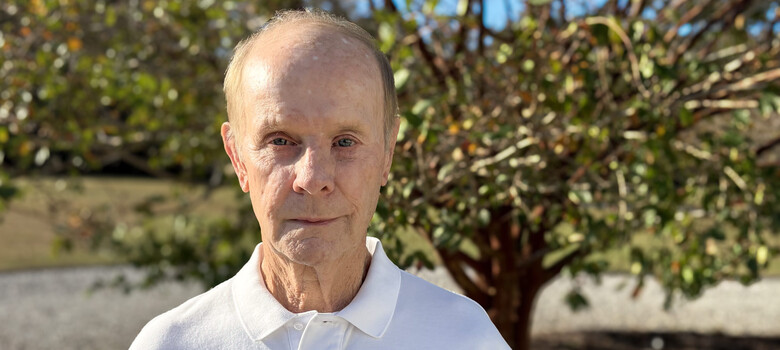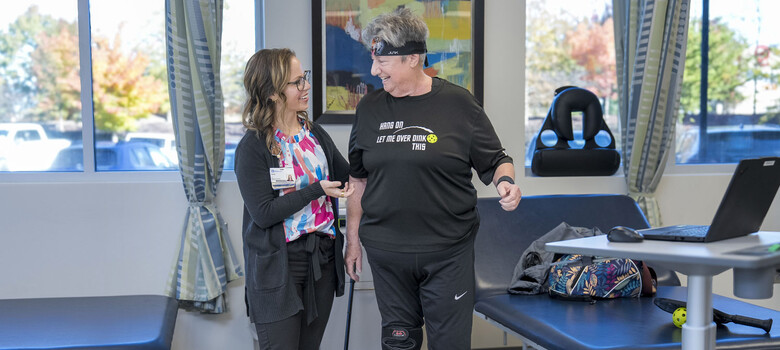 From the DukeHealth.org archives. Content may be out of date.
From the DukeHealth.org archives. Content may be out of date.
Recognizing and Fighting Multiple Myeloma

Thomas Goode has undergone a stem cell transplant, radiation and chemotherapy since being diagnosed with multiple myeloma. He knows that life can be up and down, but he says it helps to know all he does about the cancer. And the good news, he says, is that they have so many new treatments coming out.
Thomas Goode knew that the pain in his shoulder was not from an injury or any outside cause. He is a man in tune with his body, and he was sure that his workouts weren’t the culprit. A local doctor told him most likely it was bursitis, but that answer didn’t make sense to Thomas. He visited his sports medicine doctor, who ran a series of tests.
Thomas says the outcome was “breathtaking.” It turned out to be a plasmacytoma, a blood-cell cancer, and then came the final diagnosis of multiple myeloma. This form of recurring cancer is more common in men, and for unknown reasons, is twice as common in African Americans as in whites.
A few months after his first surgery in late 2006, he had a recurrence. That’s when the diagnosis became multiple myeloma, because the sites of the cancer – and of his pain – had moved from shoulder to ribs and spine, Thomas says. “That’s when my doctor introduced me to Cristina Gasparetto, MD, at Duke. We talked about a stem cell transplant and what it would take for that to happen.”
He has seven blood siblings, and one of his brothers was a perfect match for bone marrow transplant. His brother donated in 2008 and 2011. Late into 2012 Thomas had radiation treatments, and he received chemotherapy for another instance of the disease.
He knows that life can be up and down, but he says it helps to know all he does about the cancer. “I understand this is considered incurable but treatable,” Thomas said. “You hope it won’t come back, but you always have it in the back of your head. The good news is that they have so many new treatments coming out.” Gasparetto, who works in cell therapy and hematology, has been able to guide his medication choices, so that he doesn’t need transplants so often.
He doesn’t leave room for worry or negativity in his life, and works hard to keep himself in the best shape of his life. He says that managing life with his diagnosis is fairly simple: “If I am sick, I call the doctors at Duke. I go there and they get me back up.” His children appreciate his strength, and he provides a good role model for dealing with adversity.
Thomas moved to Durham to be closer to Duke and the care he needs. He feels so strongly about the importance of bone marrow donation that he has become an ambassador for the National Donor Marrow Program. He says that everyone should consider donation, because you never know what could happen. “What if you are the match for someone?” he says. “Without my brother, I wouldn’t be here.”
Thomas says his condition has made him more appreciative. He gestures at a painting across the room at the gym where he is working out that day. “In the past I would have seen it maybe as a blur of color on the wall, when I walked by,” he says. “Now I like it – I think it is outstanding. I take more time, and I really look at what is around me, and I appreciate what I see.”



